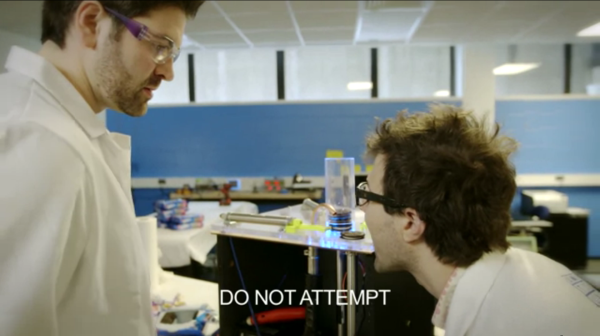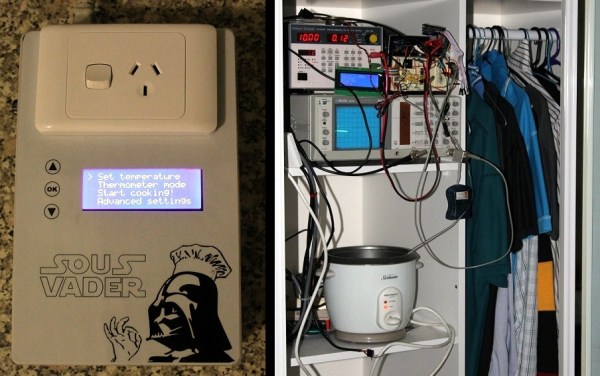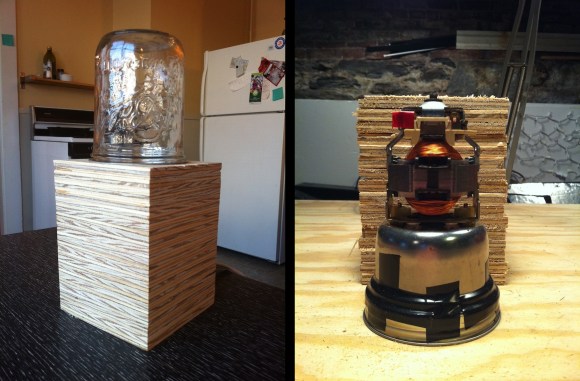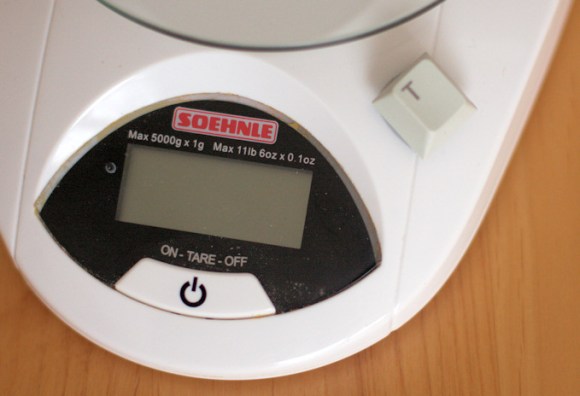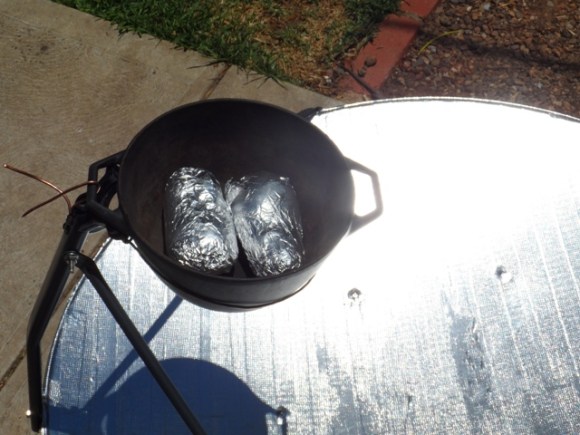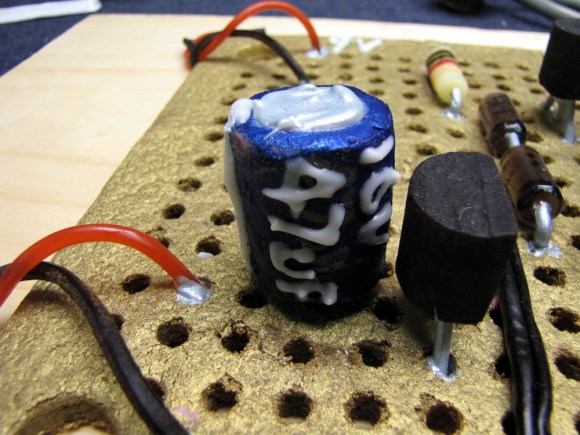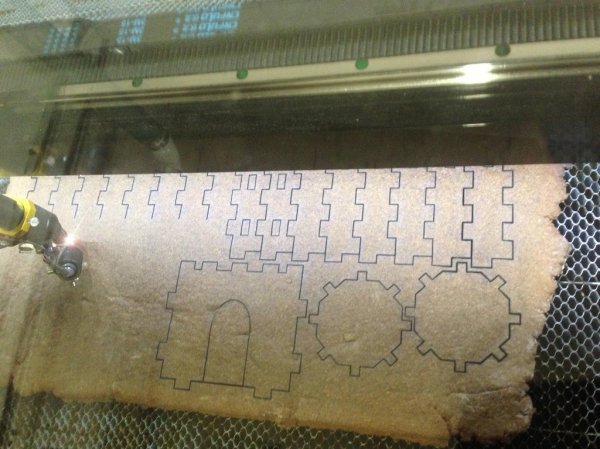Here’s a portable, well-built Oreo separator that still manages to border on ridiculous. Instead of just ditching the creme filling, it dispenses the cookie and the creme separately. Ostensibly the two creators like different things. One enjoys the cookies while the other only likes the creme. Of this division was born the professional-looking snack divider.
Unlike the hatchet-based system shown off in the first episode this machine has a hopper into which several Oreos may be loaded. The demo cookie is like none we’ve seen before because the top portion is pushed off as if it took no effort at all. The creme is then softened with a stream of hot air before the gooey creme is blasted into the other creators face. Some of it may even have entered his mouth. The final step ejects the remaining chocolate cookie by launching it straight up into the air.
Our favorite part of the video after the break is the “DO NOT ATTEMPT” subtitle that flashes on the screen whenever the apparatus is launching food into the guys’ mouths.
Continue reading “Oreo Separators Episode 2 Chucks Food At Your Face”

